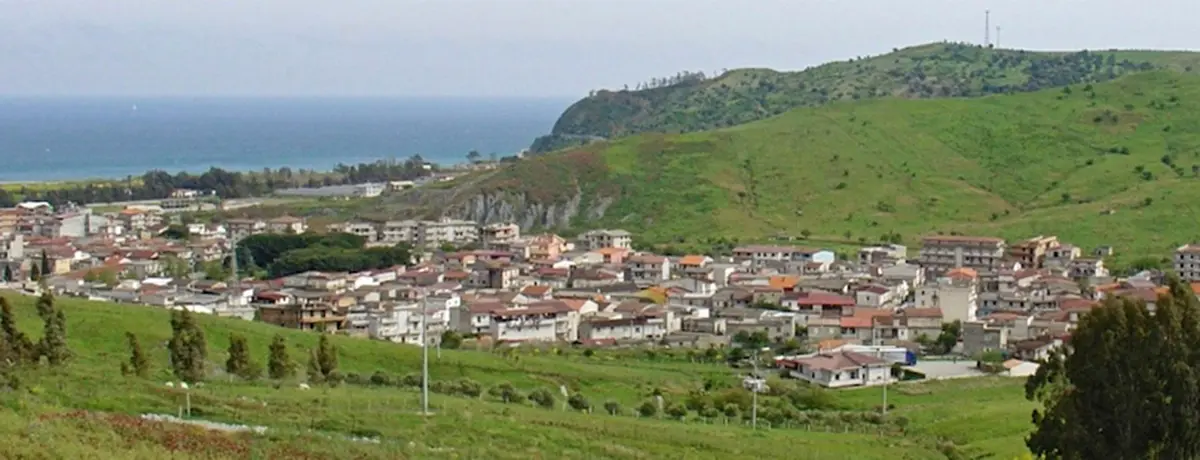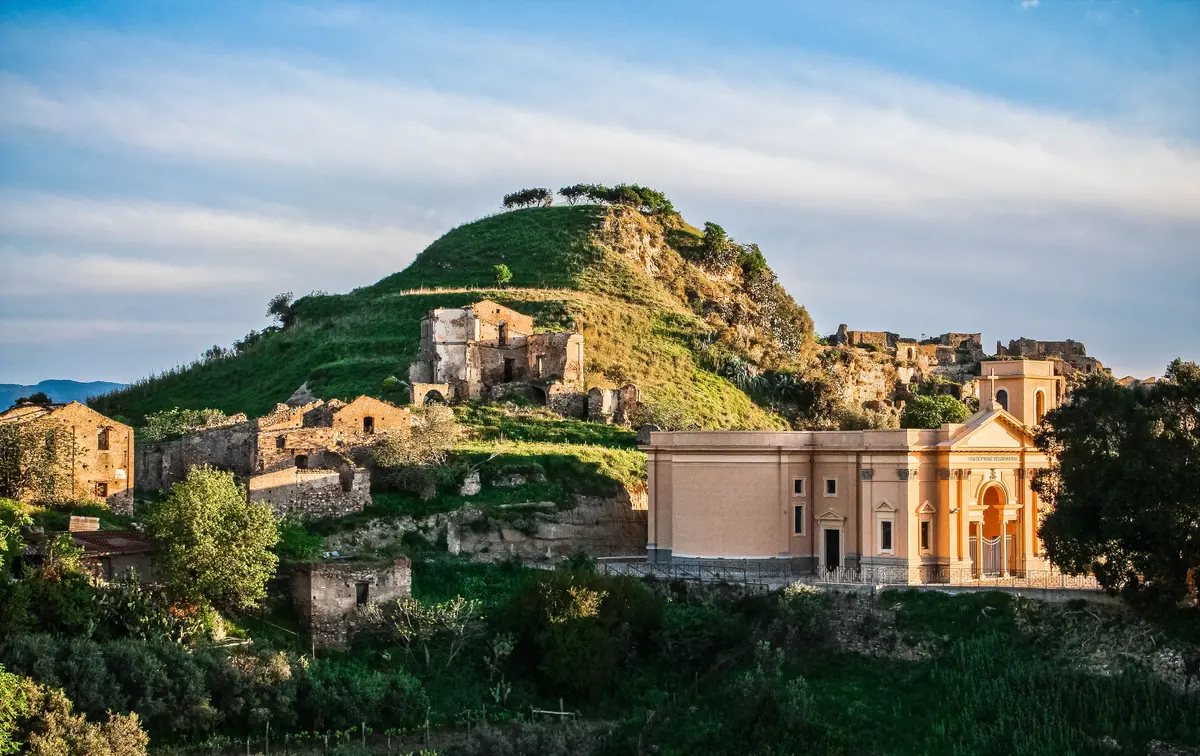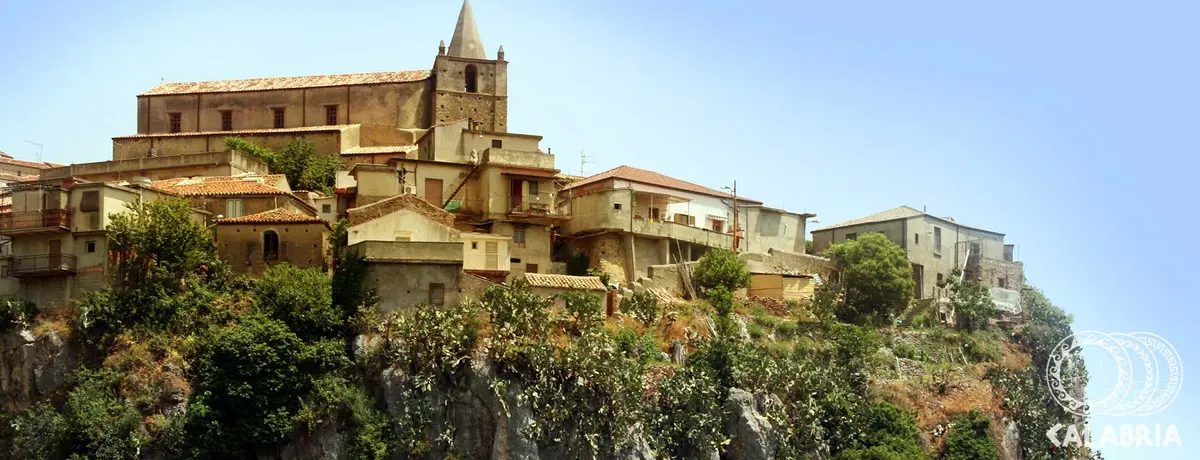Bova
Bova, capital of ‘’Bovesia‘’ and Greek of Calabria

Historical centres
Regione Calabria
Would you like to discover all the secrets of the Greek ethnolinguistic minority? Visit Bova, among Italy's Most Beautiful Villages in the province of Reggio Calabria, the capital of ‘’Bovesia‘’, the ancient community that still speaks Greek of Calabria.
Chòra tu Vùa, in the Greek of Calabria (or more simply Vùa), the village of Bova clings to a striking natural cliff at the foot of the Aspromonte National Park, to which it provides immediate access. Here is the beating heart of the Greek ethnolinguistic minority: a minority of around 13,000 inhabitants spread over the 15 municipalities of the so-called Bovesia.
Access to the village of Bova was through two turreted gates (Norman Tower), climbing up the alleys to reach the acropolis, on which the main buildings still stand today: the Cathedral, the Bishop's Palace and the other noble palaces, up to the ruins of the Norman Castle (Bova Castle), which stands atop the rocky spur. Other jewels to admire in the village of Bova are the Church of San Leo, with the Chapel of Relics; the Churches of the Carmine and the Immaculate Conception and the details sculpted on the façades of the numerous noble palaces, the work of local stonemasons (Mesiani-Mazzacuva Palace, Nesci Sant'Agata Palace and Tuscano Palace, to mention the most monumental). Not to be missed is the Path of Rural Civilisation, an open-air museum winding through the alleyways, dotted with original work tools and interesting evidence of the local agro-pastoral civilisation.
If you want to learn more about Greek in Bova, from the language to the rituals, you absolutely must visit the ‘’Gherard Rohlfs‘’ Museum of the Greek-Calabrian Language, named after the German philologist who first became interested in the recovery of this original local idiom (a mixture of archaic Greek, Latinisms and Calabrian dialect). The best times to visit Bova? In spring and summer, during two very popular events: the first, during Palm Sunday, consists of the highly original procession of Bova's Persephones (Chòra tu Vùa, or Pupazze), linked to the legend of Persephone's descent to the underworld; the second is the ‘’Paleariza Festival‘’, in August, a ‘must’ of Greek folklore in Bova, linked to music and traditional instruments from the East.
Useful information
What to know about Bova
Where to Sleep
There are 2 available accommodations.
Places
There are 3 places to visit.
Travel Ideas
There are 7 travel ideas.
Infopoint Bova
Piazza Roma, 2, Bova
No result









